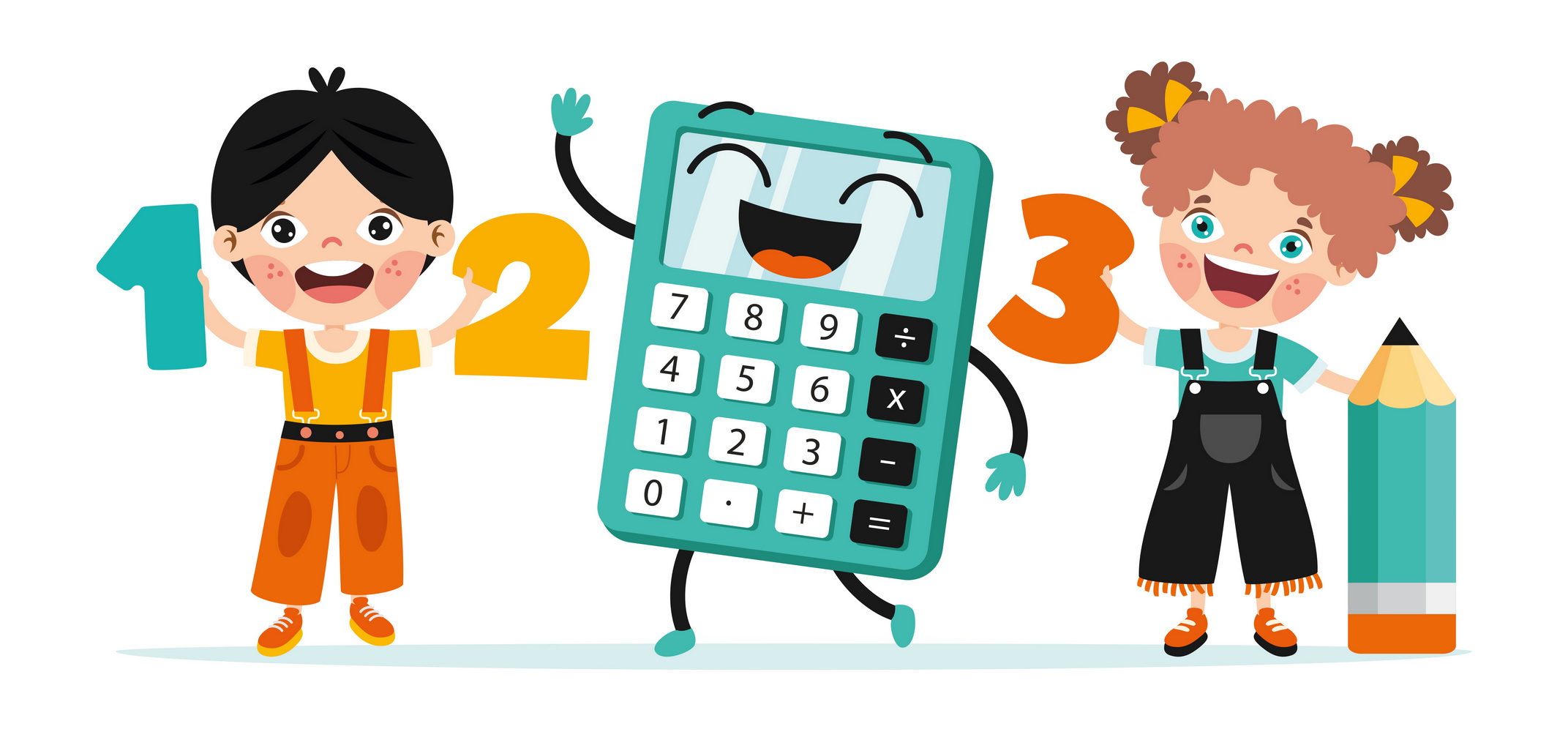Recognize shapes Addition Worksheets for Ages 3-7
9 filtered results
-
From - To
Enhance your child's learning experience with our "Recognize Shapes Addition Worksheets," tailored for ages 3-7. These engaging worksheets combine shape recognition and basic addition skills, helping young learners develop essential math foundations while having fun. With colorful visuals and interactive exercises, children will explore various shapes—such as circles, squares, and triangles—while practicing addition through exciting activities. Perfect for homeschooling or classroom use, these worksheets foster creativity and critical thinking. Start your child’s math journey today and watch them thrive as they combine shape recognition with early addition skills! Download and print our worksheets to make learning math a delightful adventure.
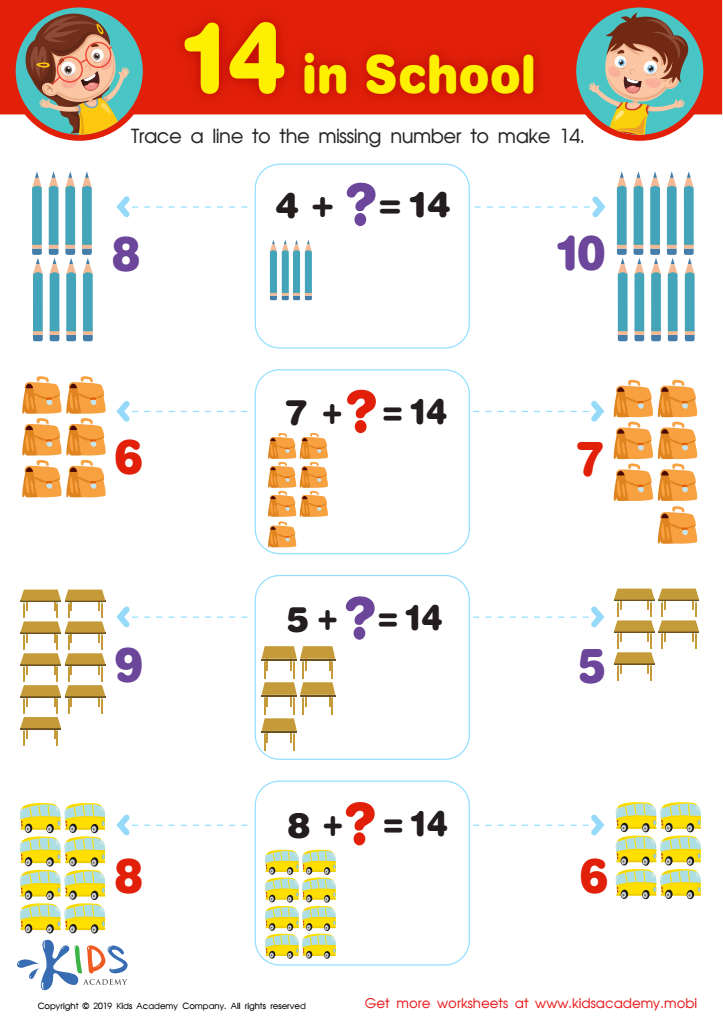

14 in School Worksheet
Recognizing shapes and understanding addition are fundamental skills in early childhood education, laying the groundwork for mathematical understanding and critical thinking. Parents and teachers should prioritize these concepts for children aged 3-7, as they enhance cognitive development and prepare children for more complex math skills in later years.
Recognizing shapes helps children understand the world around them, as shapes form the building blocks of everyday objects and experiences. By identifying different shapes, children develop spatial awareness, which is essential for problem-solving and reasoning. This skill also supports creativity and artistic expression, enriching children's overall learning experiences.
Meanwhile, introducing addition at this age fosters logical thinking and promotes numerical fluency. By engaging in simple addition activities, children learn to group objects, identify quantities, and make connections between numbers. These foundational math skills not only boost their confidence in handling numbers but also pave the way for future math success.
Combining shape recognition with addition allows for interdisciplinary learning, making lessons engaging and relatable. Through games, hands-on activities, and playful interactions, parents and teachers can nurture a love for learning, ensuring children develop essential skills in an enjoyable manner that supports their emotional and intellectual growth.
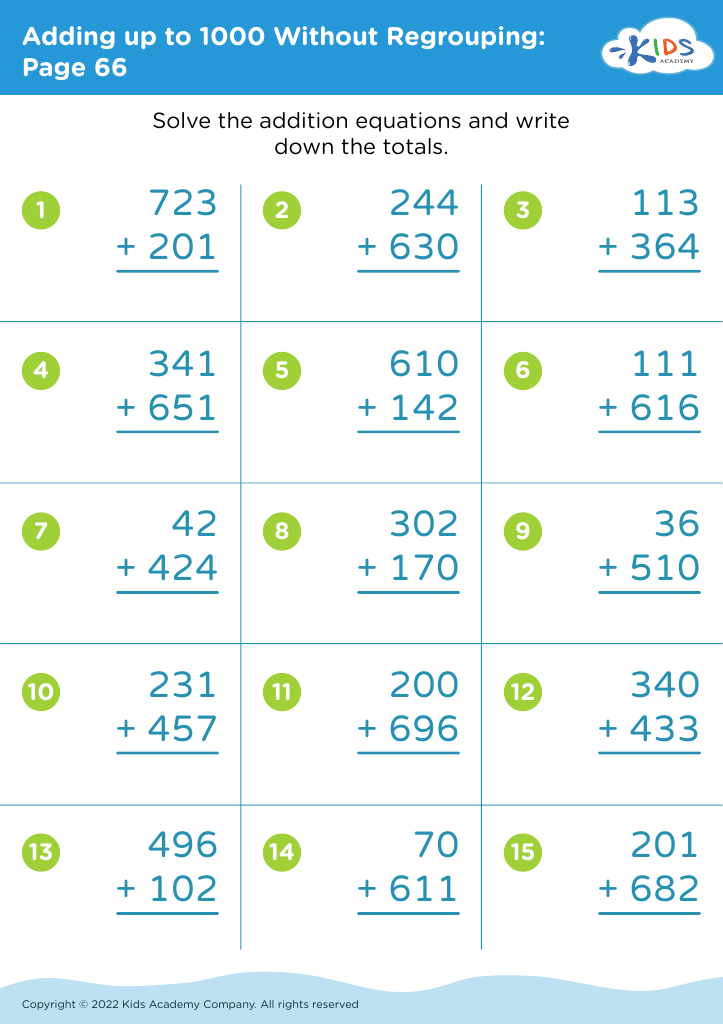

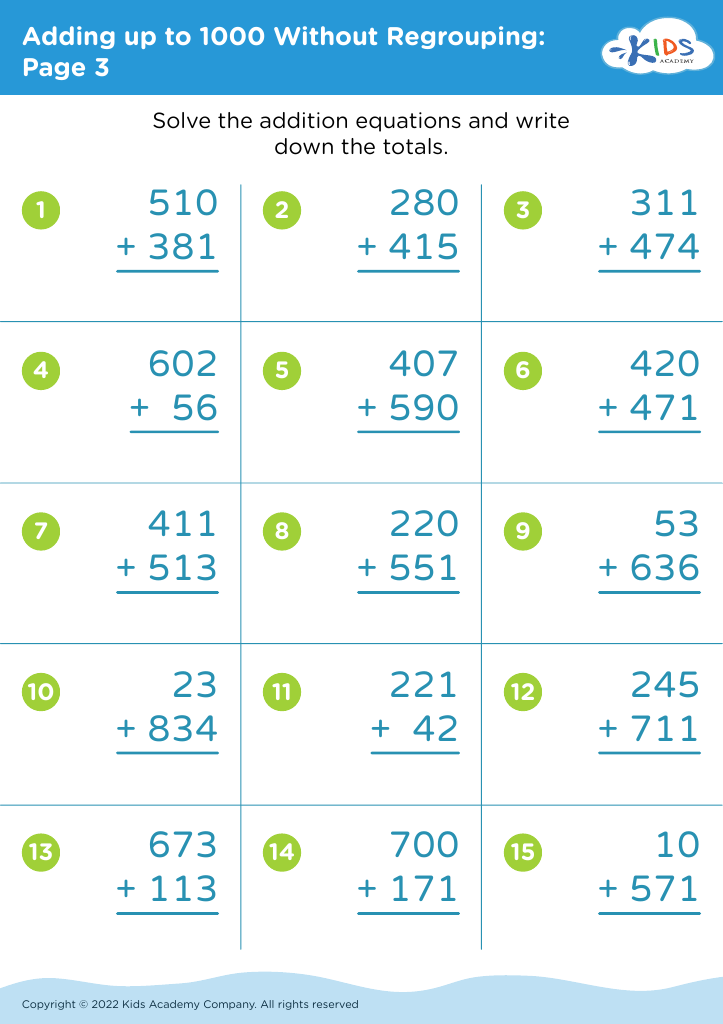
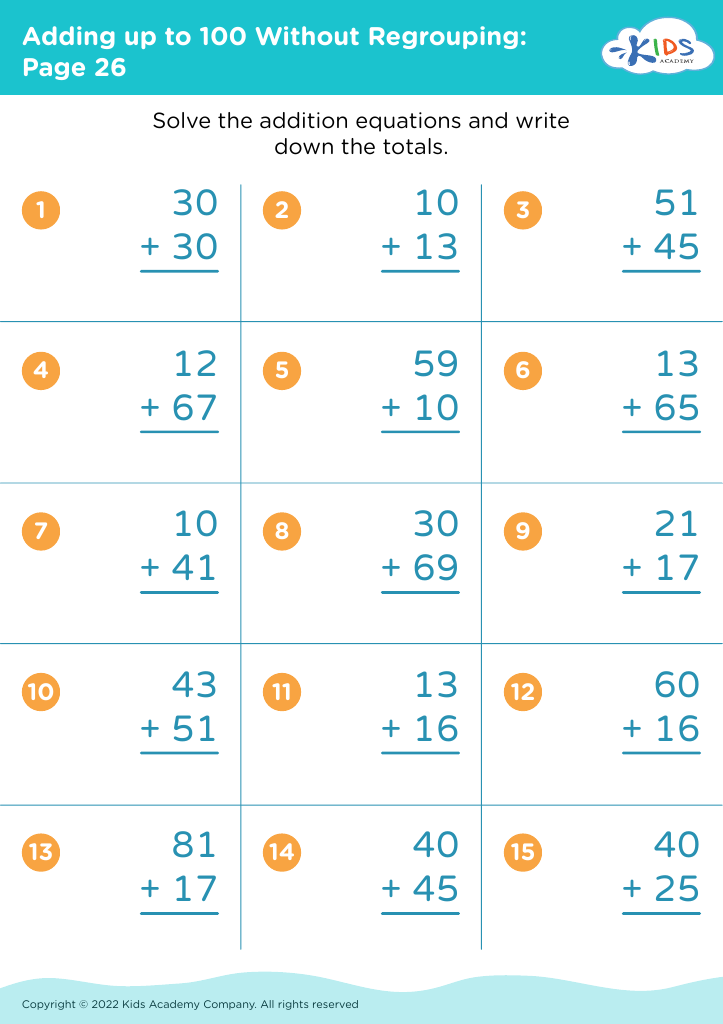
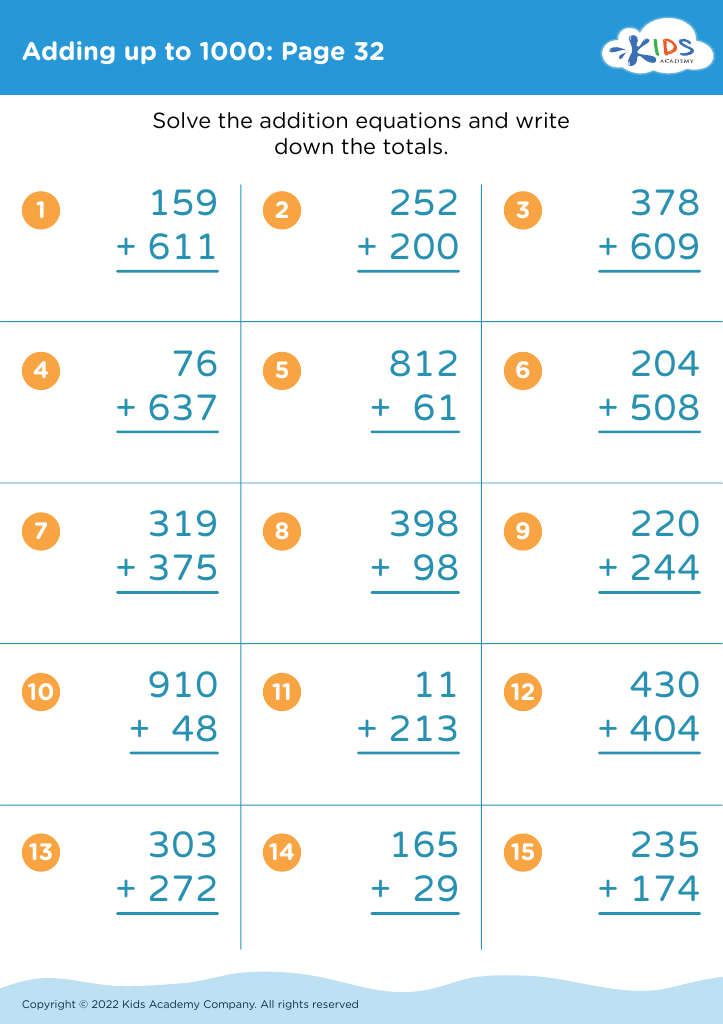
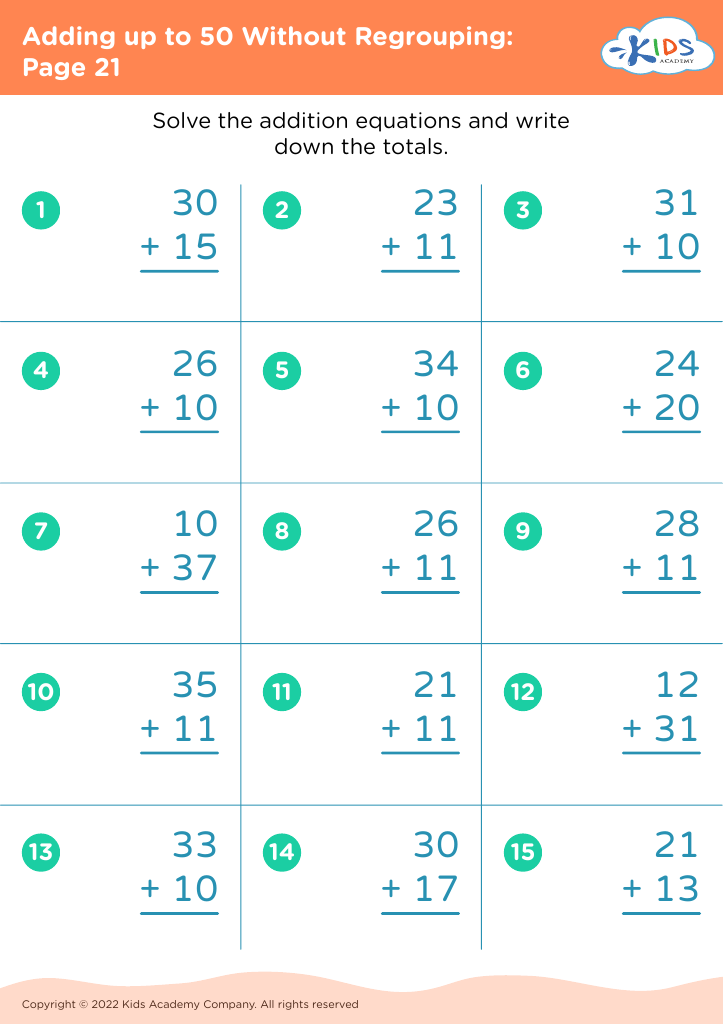


 Assign to My Students
Assign to My Students





.jpg)




